Natural calm. Mental ease. Social confidence.
Kava Kava (Piper methysticum) is a sacred root from the South Pacific, traditionally used for calm, clarity, and community. This finely ground root delivers natural relaxation and a smooth mental flow, perfect for winding down, unwinding stress, or enhancing social connection.
Unlike alcohol or synthetic relaxants, Kava Kava offers clear-headed calm. It eases anxious tension without impairing your focus – so you stay cool, grounded, and present.
 What you’ll feel:
What you’ll feel:
-
Body relaxation with light tingling (especially in the lips/mouth)
-
Calmer, clearer mind – perfect for reflective time or evening focus
-
Sociable & talkative energy without overthinking
-
A gentle drop in tension, ideal for stress or post-work decompression
 Best use:
Best use:
-
After a long day to unwind
-
In social settings for smoother conversation
-
As a relaxing nootropic before bed
-
For gentle mood-lift without stimulation
 Product info:
Product info:
-
Form: Ground Kava Kava root powder
-
Origin: Vanuatu / Fiji region
-
Type: Noble cultivar
-
Preparation: Traditionally consumed as a cold brew (infusion or kneading)
-
100% natural, no additives
 Suggested use:
Suggested use:
-
Mix 1–2 tablespoons with water and knead for 10–15 min
-
Strain and sip slowly on an empty or light stomach
-
Effects felt within 20–40 minutes
-
May cause slight numbing in mouth – this is normal!





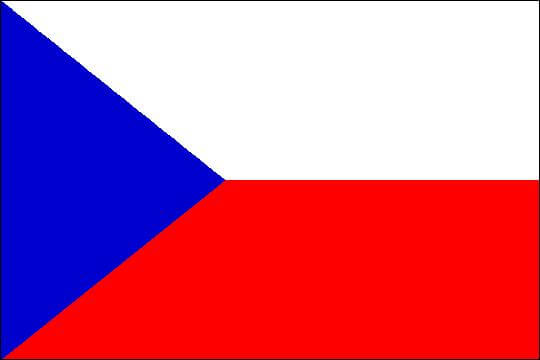

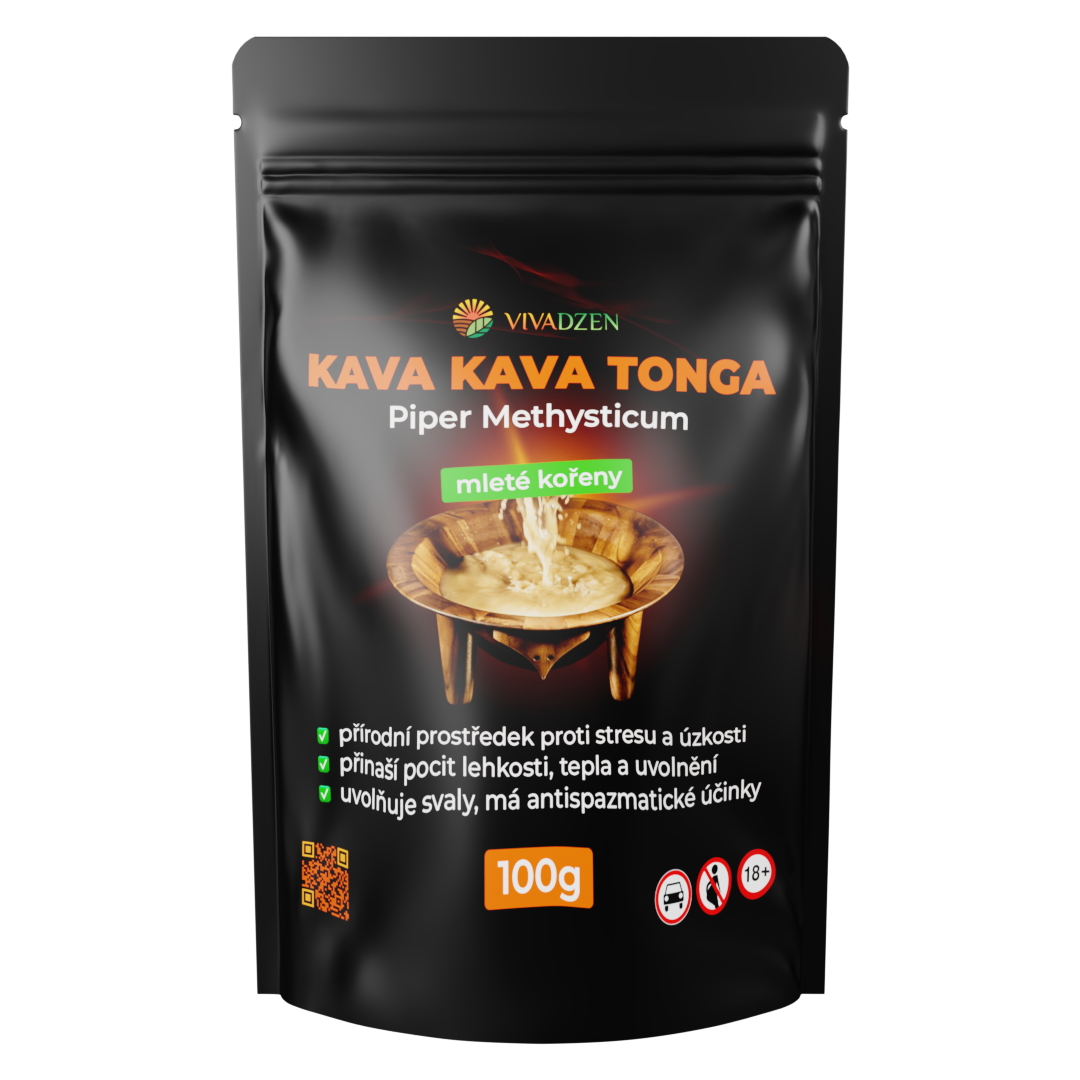
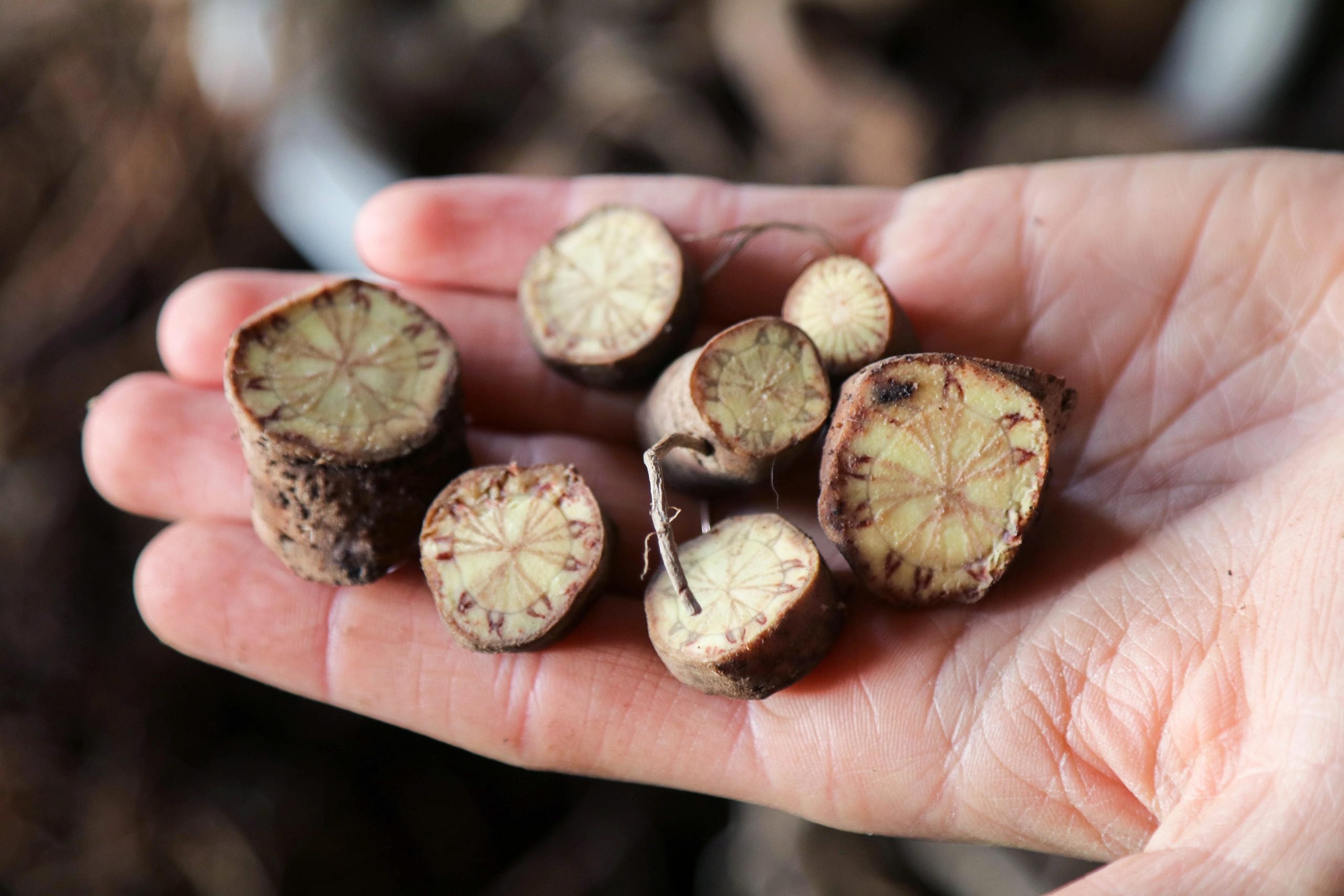
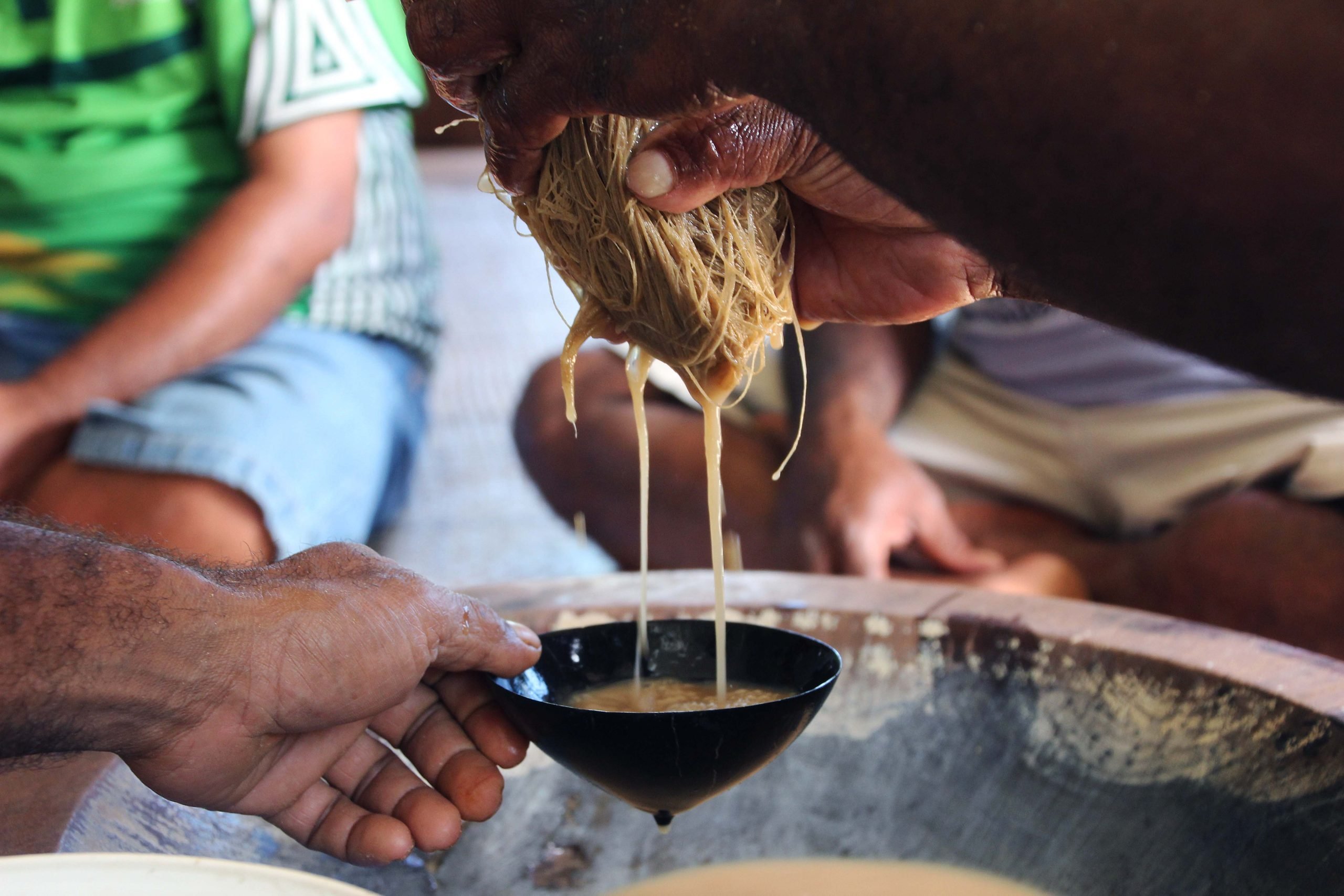
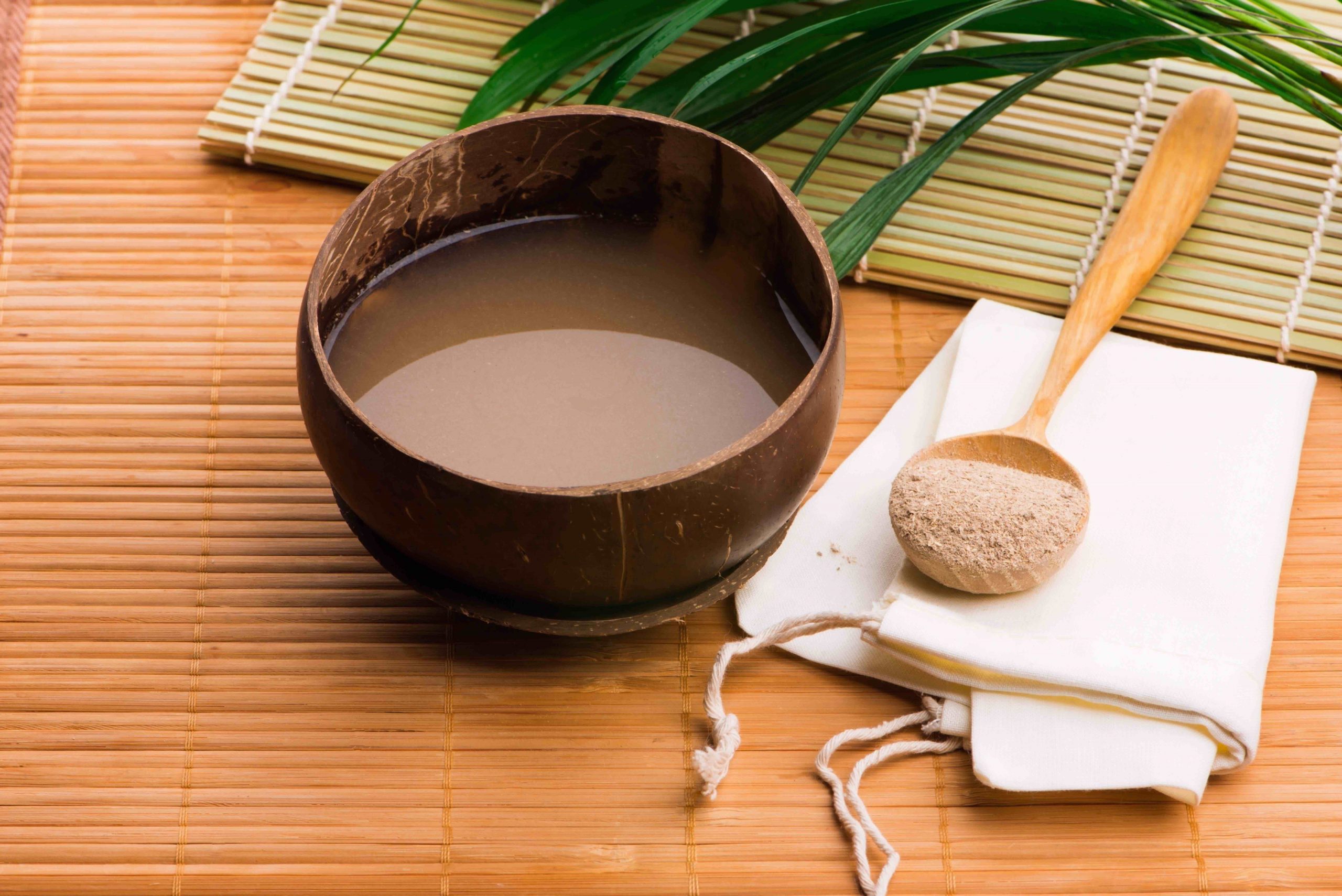
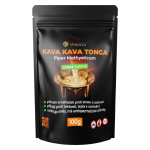
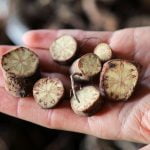
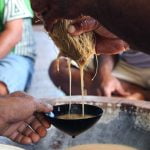
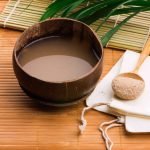
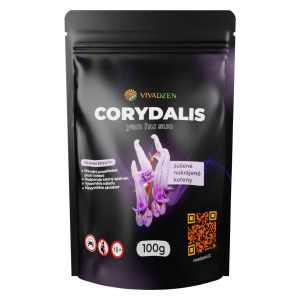
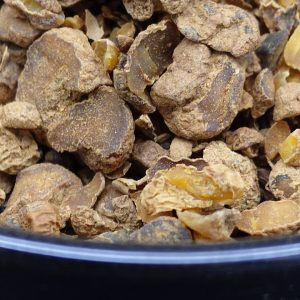
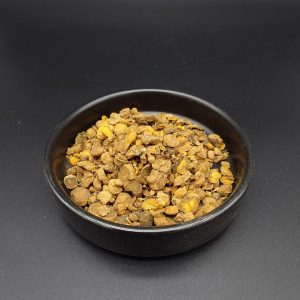
 Restful sleep
Restful sleep Balances the mood
Balances the mood Non-addictive
Non-addictive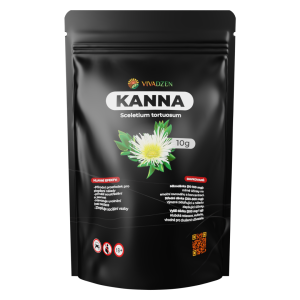
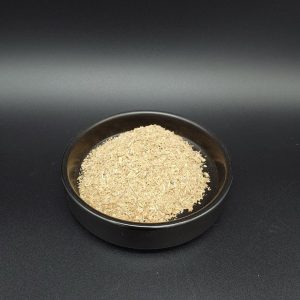
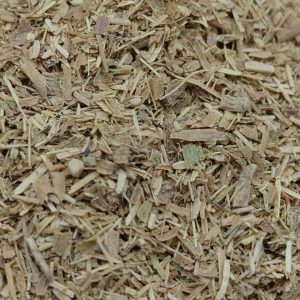
 100% sun-dried Kanna
100% sun-dried Kanna Ancient herb
Ancient herb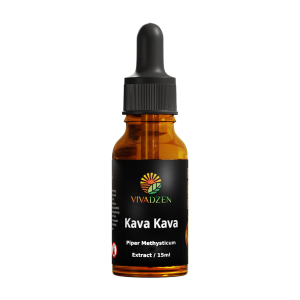
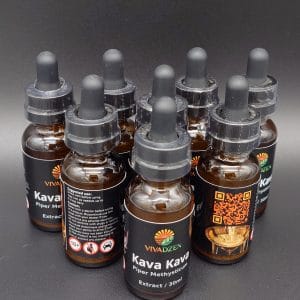
 Tension relief
Tension relief Alternative to alcohol
Alternative to alcohol
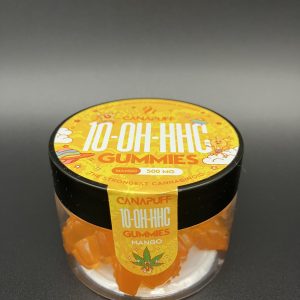
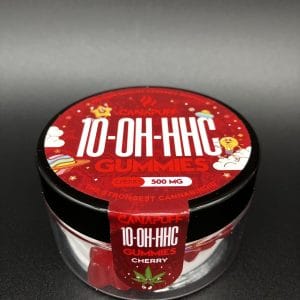


Petr Kavicky –
Kratom jsem užíval půl roku, až 3 kg měsíčně. Kava kava mi pomohla při odvykání od kratomu – žádné bolesti kostí, žádné deprese.
marek.vit85 –
Tonizující produkt, zdá se, že je dokonce lepší než kratom